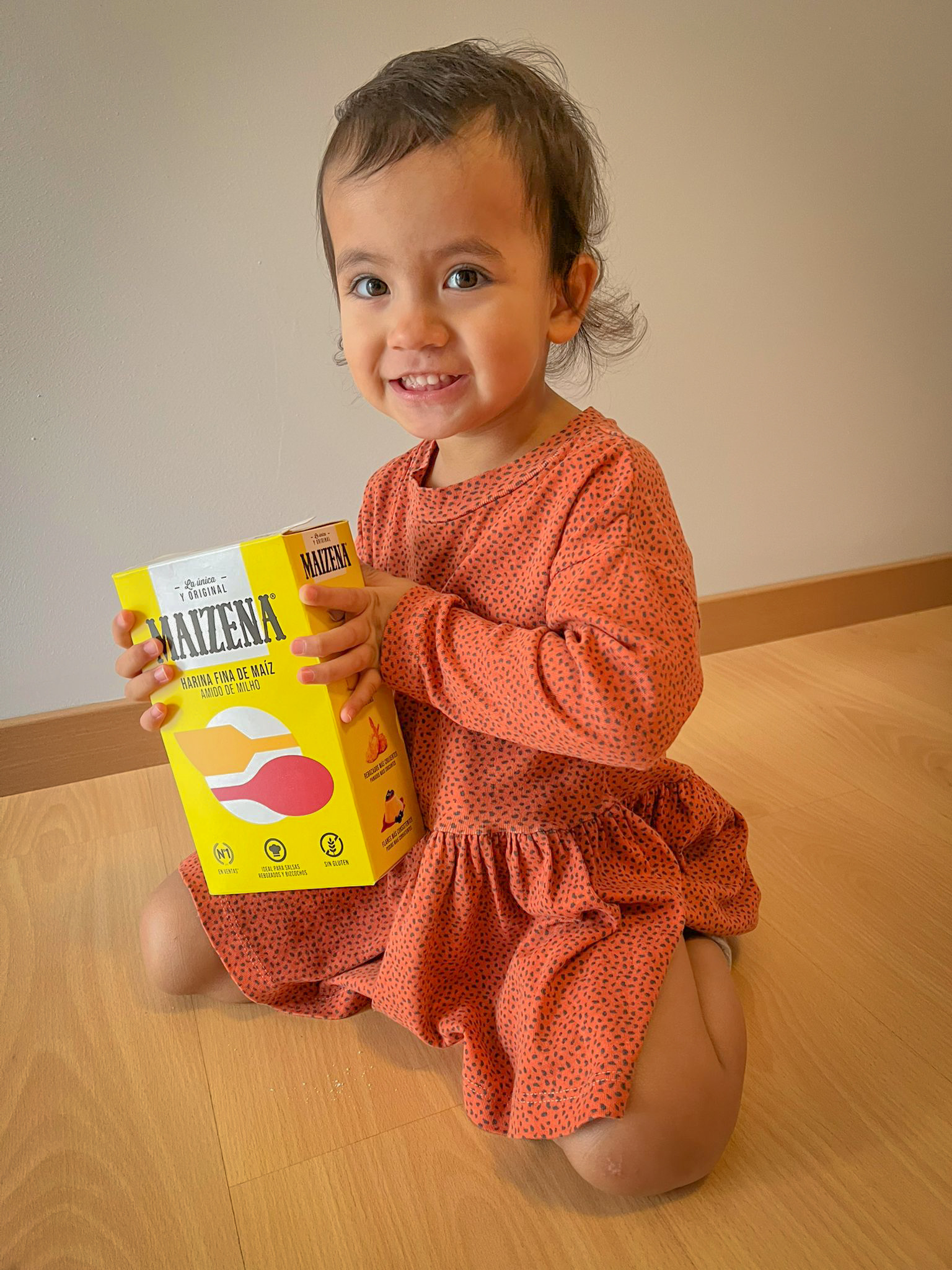The story of Olivia
Our daughter Olivia is almost 3 years old. She is a beautiful mix of Thai, Dutch, and Portuguese, and we are currently living in Portugal. Olivia was 15 months when she was diagnosed with an ultra-rare genetic disease called Glycogen Storage Disease Type 1b (GSD 1B).
This disease occurs in approximately 1/1,000,000 births….Yes you read that correctly, 1 in a million.
Currently, she is the only person living in Portugal with GSD 1B.
GSD 1B is a very challenging disease to manage and to live with. Olivia’s body is not able to convert glycogen into glucose, due to a missing enzyme.
So, what does that mean?
In very simple words:
Excess ‘sugar’ from each meal is sent to the liver, and stored for future use for when the body needs energy. Because of the missing enzyme she is not able to use stored glycogen (sugar) for energy, and is unable to maintain a normal blood glucose level without food.
Therefore she will need a constant, external source of food in order to survive.
In her case it means eating 2 in 2 hours, and at night we have to use a enteral feeding pomp in order to get some sleep.
Without that she is constantly at risk of severe hypoglycemia.
Basically her body will shut down once the energy from the food is used up.
Because she can not use stored ‘sugars’ from the liver she will have to follow a long life diet in order to not enlarge and damage the liver, which basically is :
Avoid all kind of sugars,
That includes: sucrose (table sugar), fructose (sugar found in fruits), lactose and galactose (sugars found in milk).
So that the liver maintains a normal size and function. So no candy or ice cream or other sweet treats.
In order to maintain a ‘stable’ blood sugar between meals she will needs to take raw cornstarch mixed with water.
Cornstarch is a complex carbohydrate that is difficult for the body to absorb.
It’s currently the only treatment for people with GSD1B .
To give an idea, Olivia is taking 200gr of raw cornstarch (maizena) a week.
The amount of cornstarch will increase the older she gets.
Because she have to eat so often and not feeling any hunger Olivia and many other children have troubles with eating and therefore most children have to use an nasogastric tub (trough nose to stomach) or PEG (trough the wall of abdomen directly into the stomach).
Olivia have currently a PEG, which is a lifesaver but as you can imagine not ideal.
To control her blood sugar constantly we use a continuous glucose sensor that is attached to her body, and we use the classic fingerpick when we have doubts.
We have to check multiple times a day but the good thing about a continuous glucose sensor is that it warns you when she getting low, so we can act fast.
On top of all that is that people with GSD1B have to deal with neutropenia.
It means that your immune system is weakened, making it harder for your body to fight infection.
Simple things like mouth sores, ailments which most people fight off quickly without any problems, can turn into major problems.
Since she got diagnosed with GSD1B our lives completely changed , lots of obstacles , challenges and countless hospital visits.
But we also made some good friends with other GSD1B parents around the world who gave as tons of suporte and helpful information and by sharing there experience.
We would like to give a special thanks to my parents and to all the doctors in Lisbon that are looking after Olivia and to the parents of Sophie who created there amazing GSD1B non profit research fund :
https://sophieshopefoundation.org [sophieshopefoundation.org]
They are very proactive with fundraising to help to find a better treatment and ultimately a cure for there daughter Sophie and other people with GSD1B.
Together with:
https://curegsd1b.org [curegsd1b.org]
And to Nina and her parents this little warrior that inspire us with so many things, you can read her story on the following link:
https://ninalaguerrera.org/en/ninas-blog/ [ninalaguerrera.org]
And to all other parents and caregivers who helped us true difficult times.
The GSD1B community is a small one but it’s a really strong one!
We have learned that sharing your story can and will help other patients or caregivers dealing with a rare disease.
Many times you feel alone but the truth is you are not alone and together we are stronger.
Fábio and Natthanit,
Parents of Olivia.
